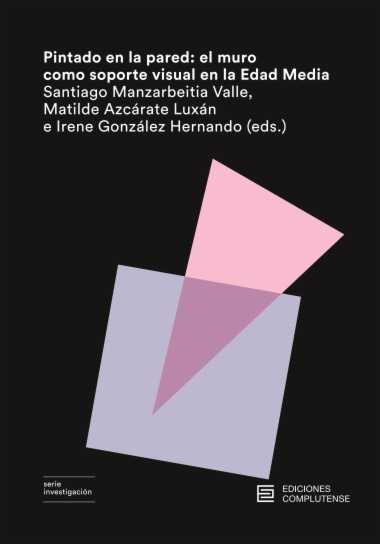
Estás filtrando por
Se encontraron 2216 resultados en recursos

Compartir este contenido
Pintado en la pared: el muro como soporte visual en la Edad Media
Copia el enlace o compártelo en redes sociales
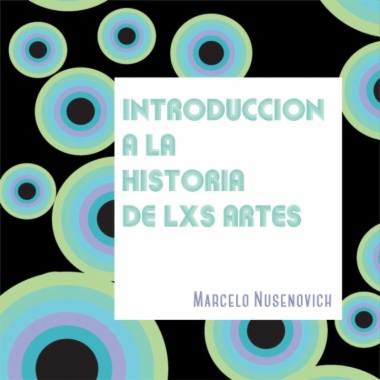
Introducción a la historia de las artes
Compartir este contenido
Introducción a la historia de las artes
Copia el enlace o compártelo en redes sociales
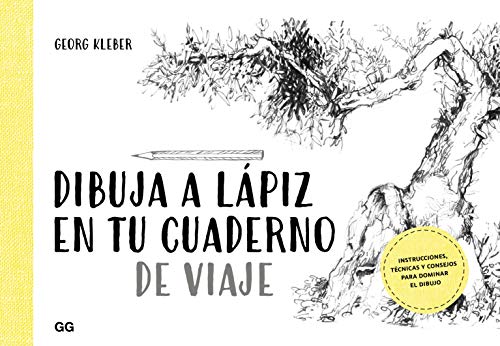
Dibuja a lápiz en tu cuaderno de viaje
Compartir este contenido
Dibuja a lápiz en tu cuaderno de viaje
Copia el enlace o compártelo en redes sociales
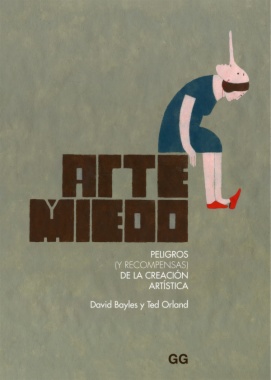
Arte y miedo
Compartir este contenido
Arte y miedo
Copia el enlace o compártelo en redes sociales
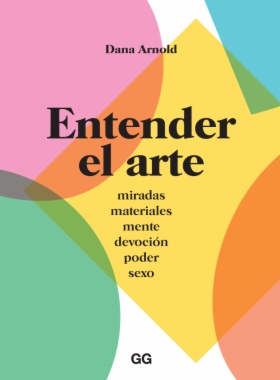
Entender el arte
Compartir este contenido
Entender el arte
Copia el enlace o compártelo en redes sociales
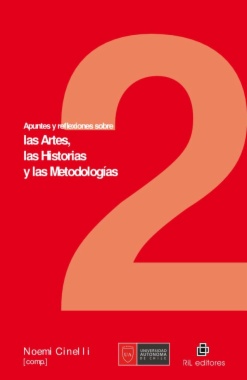
Apuntes y reflexiones sobre las Artes, las Historias y las Metodologías. Volumen 2
Compartir este contenido
Apuntes y reflexiones sobre las Artes, las Historias y las Metodologías. Volumen 2
Copia el enlace o compártelo en redes sociales
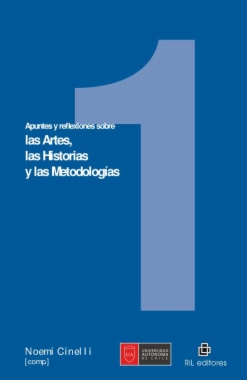
Apuntes y reflexiones sobre las Artes, las Historias y las Metodologías. Volumen 1
Compartir este contenido
Apuntes y reflexiones sobre las Artes, las Historias y las Metodologías. Volumen 1
Copia el enlace o compártelo en redes sociales
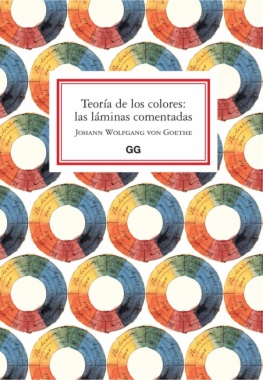
Teoría de los colores: las láminas comentadas
Compartir este contenido
Teoría de los colores: las láminas comentadas
Copia el enlace o compártelo en redes sociales
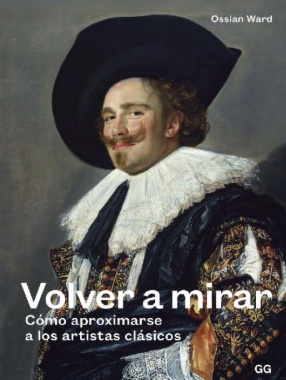
Volver a mirar
Compartir este contenido
Volver a mirar
Copia el enlace o compártelo en redes sociales

Los antiguos y los posmodernos
Compartir este contenido
Los antiguos y los posmodernos
Copia el enlace o compártelo en redes sociales
Selecciona las Colecciones en las que vas a añadir el contenido
Para consultar los contenidos añadidos busca la opción Tus colecciones en el menú principal o en Mi perfil.
